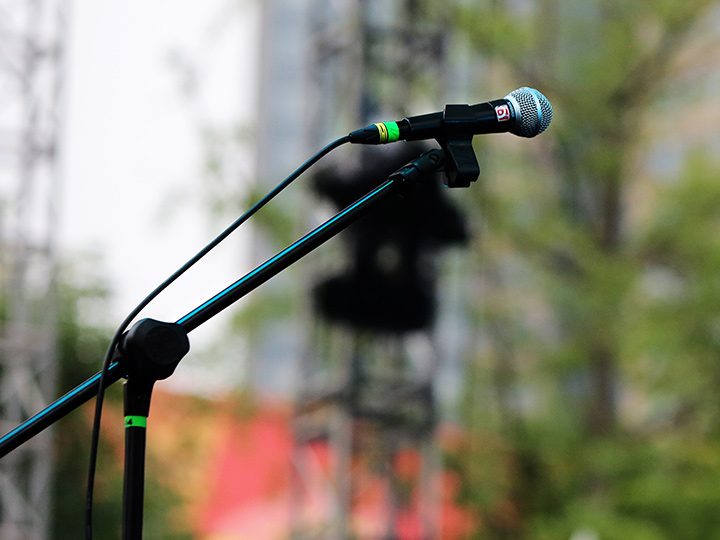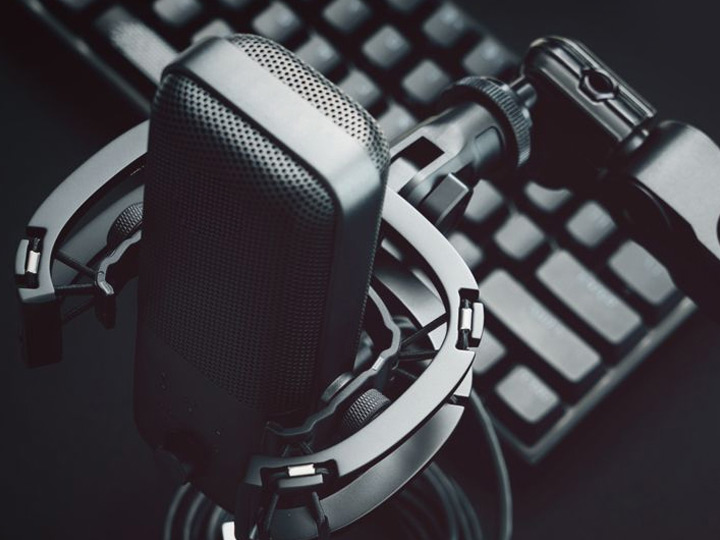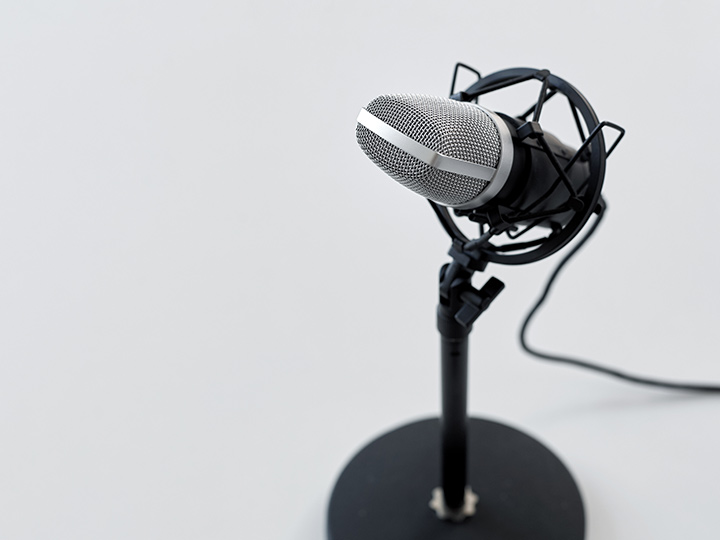For the experienced, the quality of the sound determines the quality of the entire project. When a high standard is used in the production of the film, there will be no such behavior as "rescue the sound in the later stage", because the sound recording is paid attention to in the pre-production. The microphone can be said to be the key device in sound work. Of course, rather than worrying about whether it is good enough, it is better to choose a microphone that suits you. To do this, you must first understand the differences.
The so-called directivity of the microphone (Polar Patterns) refers to the sensitivity of the microphone to sound in different directions and angles. In a simple way, it is the degree to which the microphone receives the volume in different directions. The common types are: full Directional, Cardioid, Gun and Supercardioid.
Starting with basic recordings, each mic has its own polarity to determine the coverage of the sound. Common cardioid microphones, as the name suggests, draw an inverted cardioid from the microphone position forward, which is its sound collection angle range, which is mainly concentrated in the front, and the rear is almost not covered. Supercardioid has narrow directivity and anti-noise ability, but it will also record the sound within a short distance in the reverse direction, so you need to pay attention to the backtracking problem when installing monitoring equipment behind the microphone. The omnidirectional microphone, on the other hand, captures all sounds from 360 degrees on average. For videographers or YouTubers, the most commonly used on-camera microphones are cardioid or supercardioid, and super-directional shotguns may also be used, unless the live audio of indoor group discussions or conferences is to be recorded. An omnidirectional microphone is used.

The microphone also has a recorded volume range, which we call the electrical frequency difference, which is the dynamic range. Microphone parameters are commonly marked as Max SPL and EIN (sound pressure and noise floor). The former value minus the latter is the dynamic range of the microphone. For example, Max SPL 140 dB SPL, EIN 16 dB, then the radio range is 124 dB. If the noise floor is too high and the sound is weak, you need to be very close to the sound source, otherwise you will not be able to record it at all if it is lower than the noise floor. On the other hand, if you want to record in front of percussion instruments, you must have a relatively high sound pressure tolerance. So of course the wider the dynamic range the better, but that may also be reflected in the price.
In addition to the above, there are actually some detailed specifications, such as sensitivity, signal-to-noise ratio, polarity, impedance, etc., if you are interested, you may wish to study it in depth. In addition to these conditions that affect the sound quality, factors such as weight, volume, and power supply need to be considered, and there are still gaps between microphones of the same price and level.










